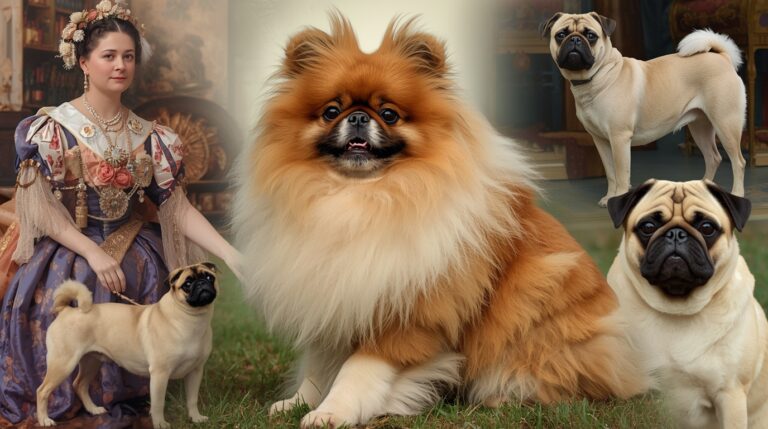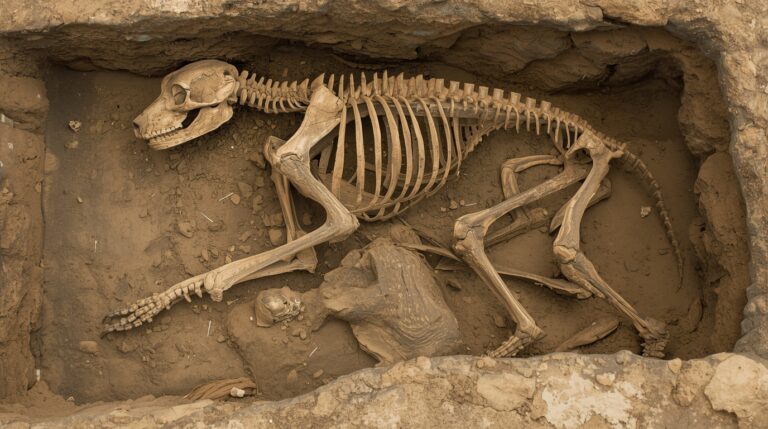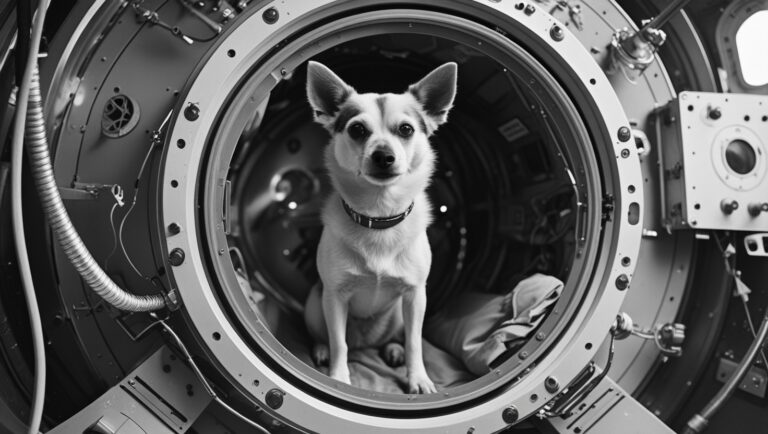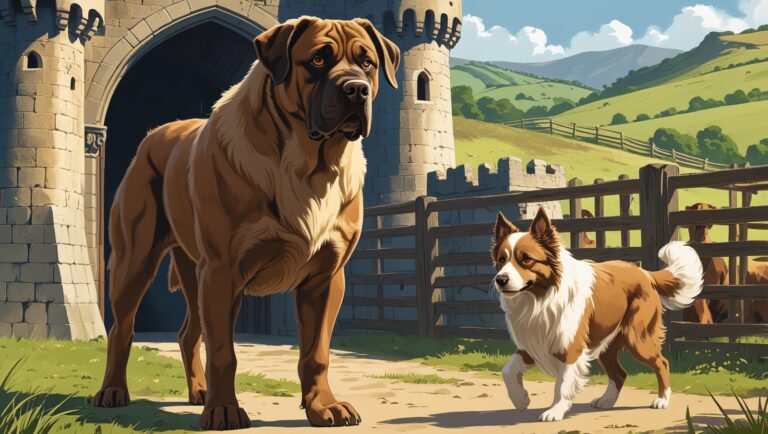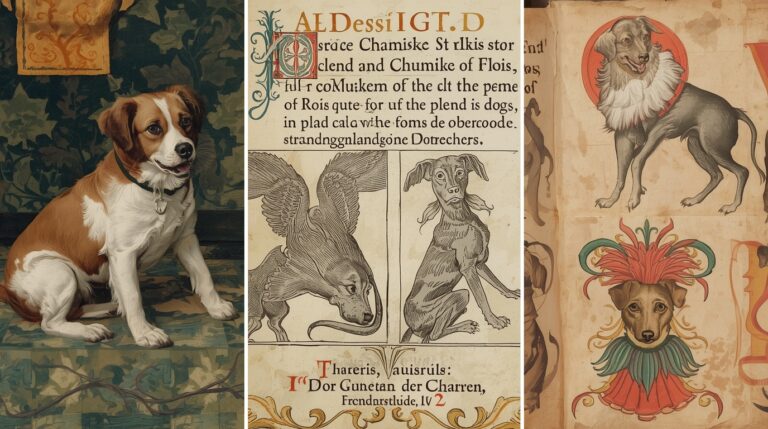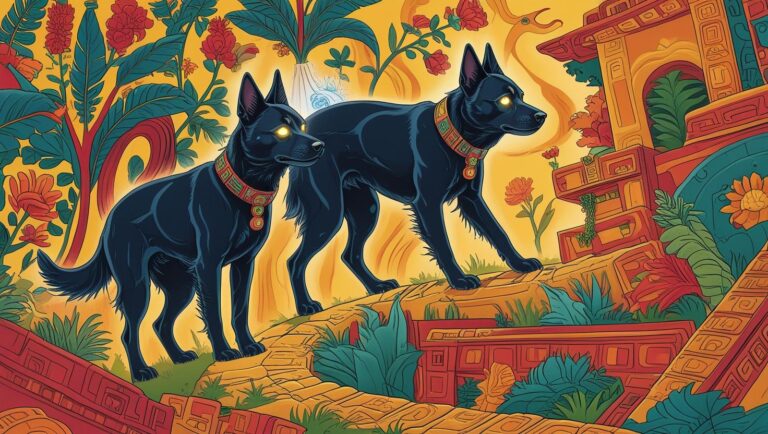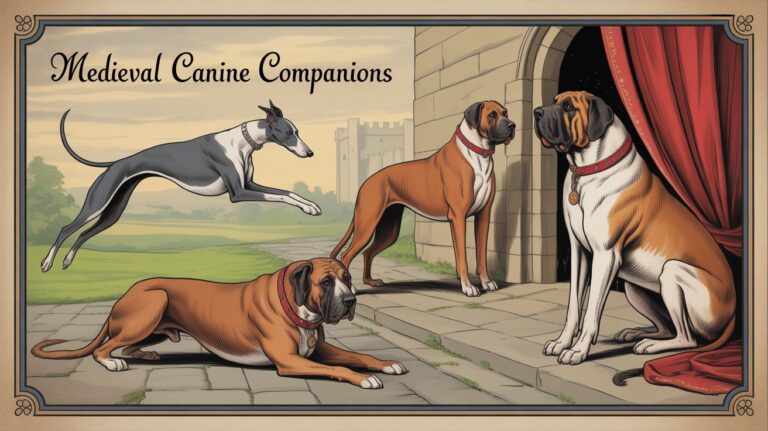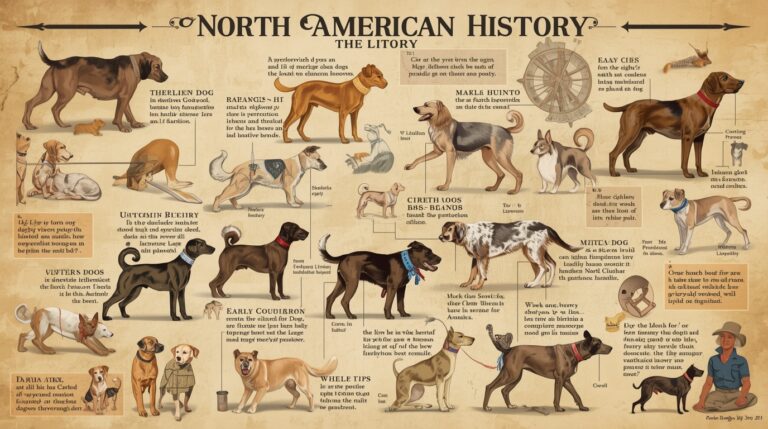Dog Breeding in the Victorian Era
What Was the Victorian Era? The Victorian Era, spanning 1837 to 1901, was a time of industrial progress, expanding imperial power, and strict social stratification in Britain. It also saw a shift in how animals, especially dogs, were perceived — not as farmhands, but family members. How Dogs Were Viewed Before the 1800s Before Victorian…
